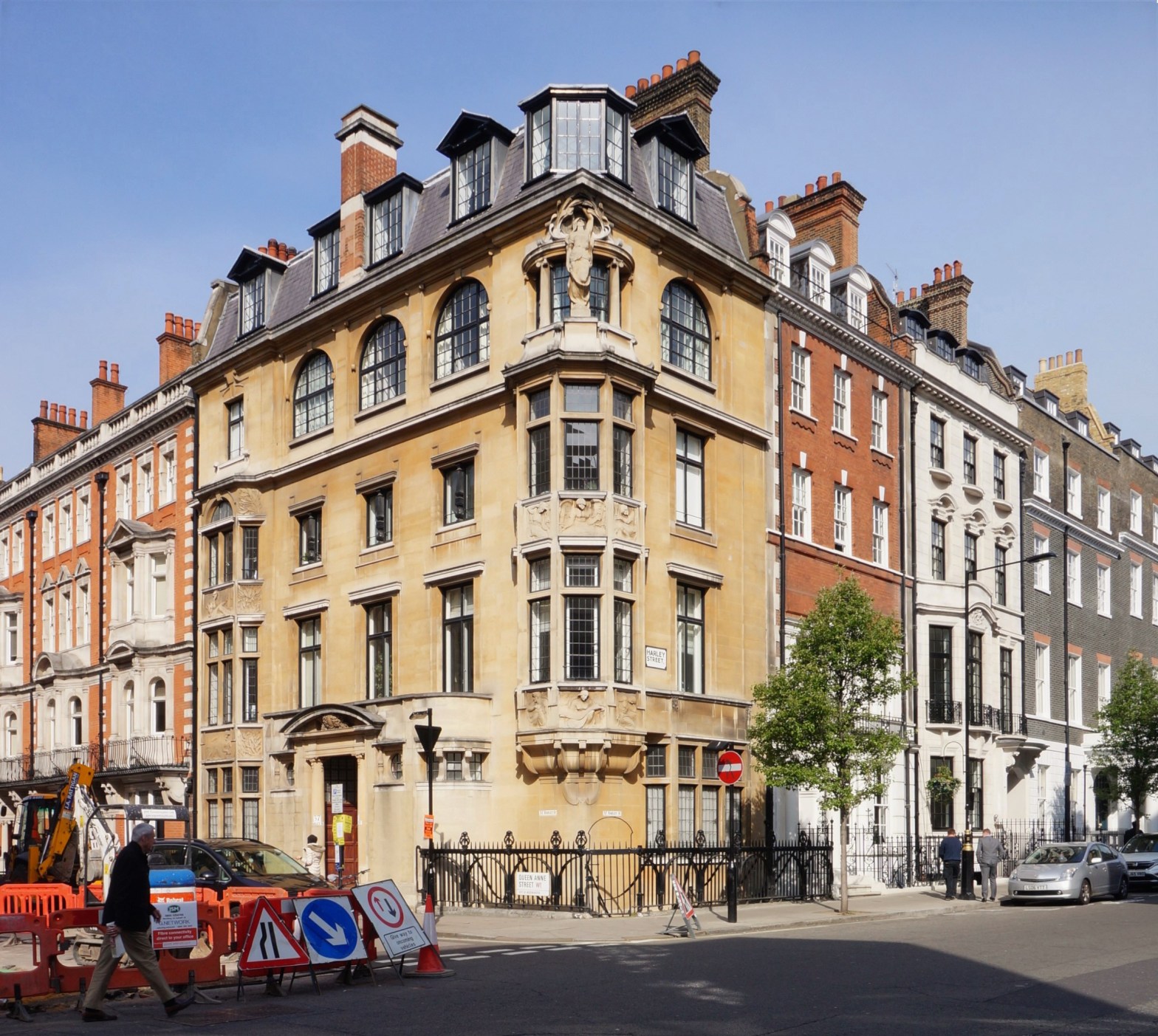In the days before so much human interaction took place virtually, the circumstances in which one struck up a lasting acquaintance tended to stick in one’s mind. When it begins on-line, they can be a lot harder to pinpoint. I think – although I can’t now be entirely sure – that I got to know Hugh Pearman thanks to the excellent ‘Classicism in Modernity’ Facebook group, which I enthusiastically recommend to anyone interested in the numerous ways in which the architectural language of antiquity has been kept vital and relevant since the late 19th century. But I can recall very clearly when we first came face-to-face.


It happened on a grey and chilly spring evening almost exactly four years ago, when he, Tim Brittain-Catlin, Adam Furman and I went on a tour of buildings in Fitzrovia by Arthur Beresford Pite (1861-1934), prompted by a series of posts in the group which had generated a good deal of discussion. At that point I was working in an office on Great Titchfield Street and would see Pite’s buildings on a daily basis. He was very active in Fitzrovia from the late 1890s onwards when he was employed by a firm of speculative builders called Matthews, Rogers and Company that did a lot of work on the Horward de Walden Estate, which covers most of the area. His own office was always located in Marylebone and he was an active member of the congregation of All Souls, Langham Place, the church next to Broadcasting House which was once a close neighbour of T.E. Knightley’s Queen’s Hall. For this he executed several commissions, including the school on Foley Street featured in the post on H.S. Goodhart-Rendel, who was a great admirer of Pite.


Until last year, Hugh was editor of the RIBA Journal. He has paid me the huge compliment of writing for the latest issue of his old magazine a piece about this blog. Here, posted in gratitude, is a small selection of images of the buildings in the West End by the architect who first brought us into contact. In due course, there will be a longer post to do this wonderful legacy proper justice. But I think that even a brief glimpse cannot fail to whet the appetite. Though commuting into central London on a daily basis could often be exhausting and aggravating, Pite’s architecture never failed, in a memorable phrase of Ian Nairn, to give a kick to the ammeter, no matter how tired or disaffected I was feeling. I clocked out of the office on Great Tichfield Street for the last time on 31st October 2017, but Pite followed me to my new job: his is the excellent war memorial on the Butter Market in Canterbury, which until COVID struck I would see every day on the way into my new workplace in the Precincts.

